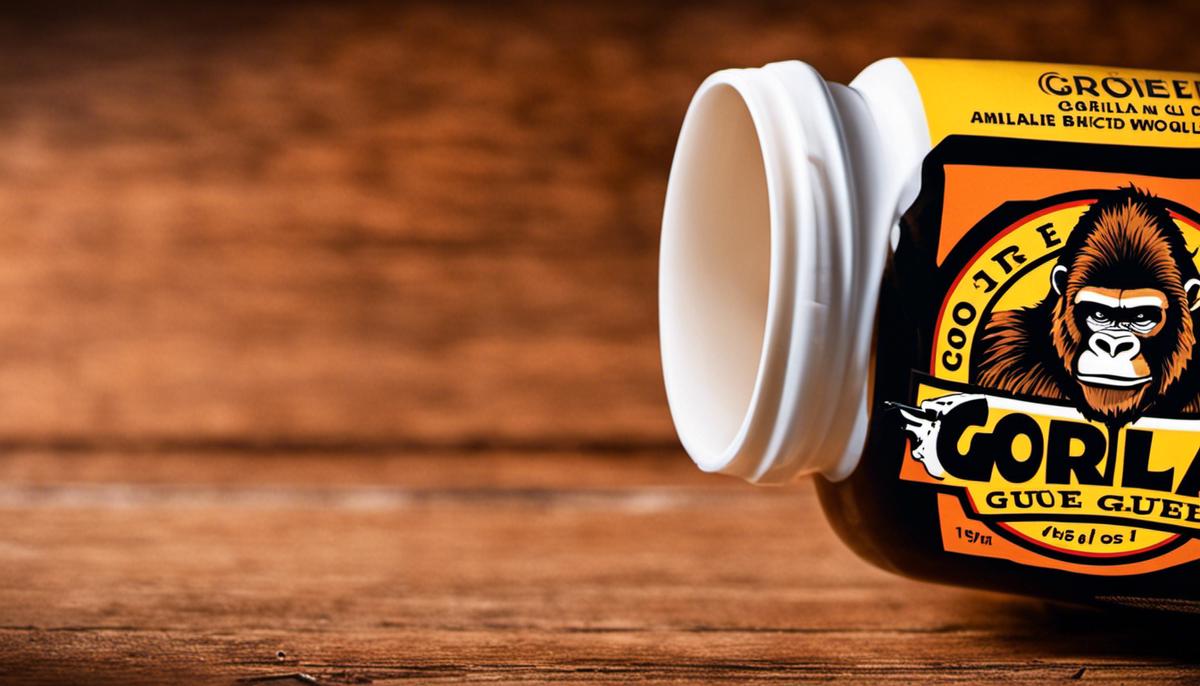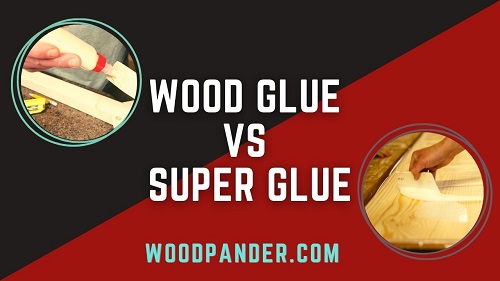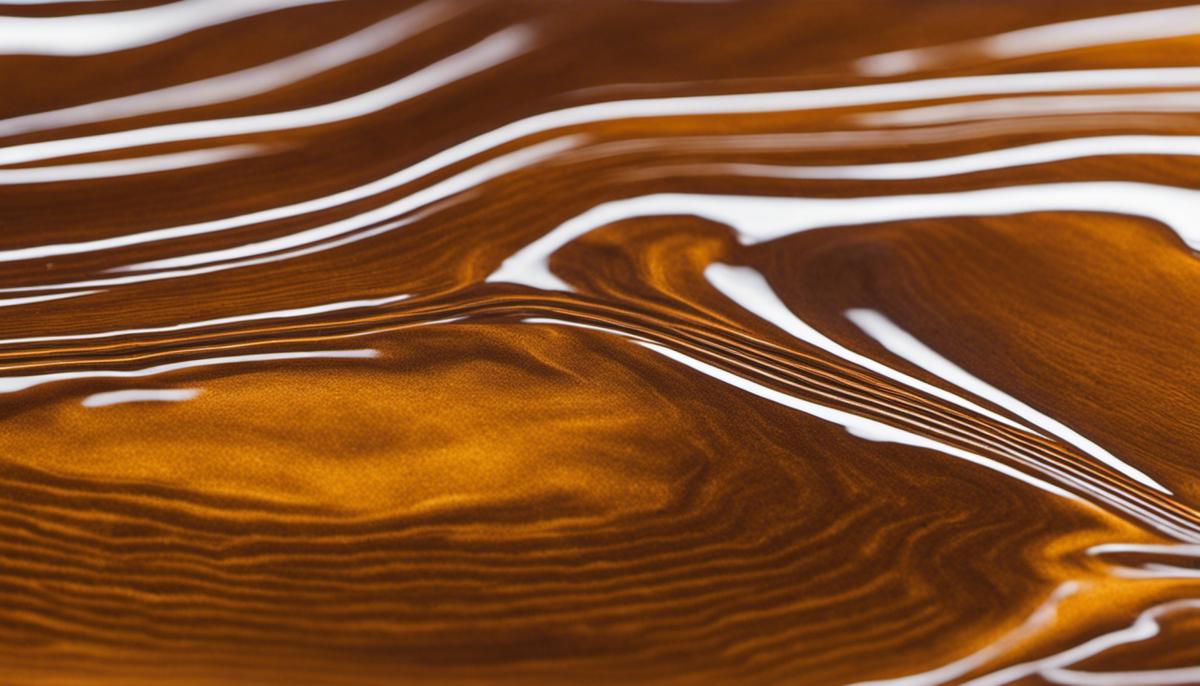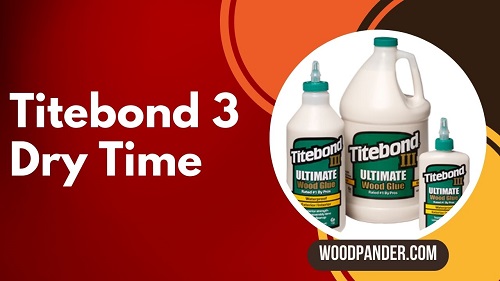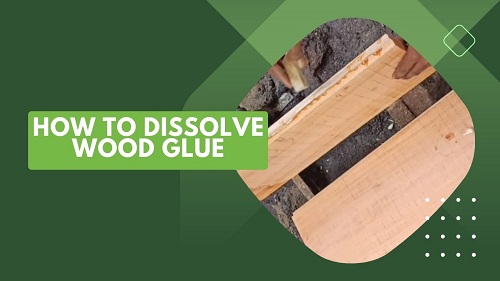In the case of adhesive, you will find different ranges and might get confused about their strength of them. For strong bondages, many people look for adhesives like liquid nail, gorilla glue, epoxy, polyurethane, and so on.
However, from the comparative view, people want to pick two major and trendy adhesives. The comparison between liquid nail Vs gorilla glue is what most people are interested in because of their immense efficiency and a little bit of downsides.
Basically, both liquid nail and gorilla glue and their variants perform convincingly on several materials. Yet, the use of gorilla glue is higher than liquid nails because of its promising durability. But liquid nails also come in upgraded versions like the Fuze It Max. It works almost as well as a quality gorilla glue. But there are other things you need to consider. For example, the application of these two differs from each other. Besides, they work pretty much differently on different materials. Whereas people use gorilla glue for more serious jobs, they use liquid nails for more ordinary and regular jobs as a “construction adhesive”.
Apart from these differences, these two adhesives come into debatable topics oftentimes for their availability and different types. Even though for simple jobs, you can adopt any one adhesion among these two, for serious jobs, you have to be concerned about their detailed features and bonding strength.
However, this compact table will help you to grab quick differences between them.
Liquid Nail Vs Gorilla Glue
| Features | Liquid Nails | Gorilla Glue |
| Durability | Less | More |
| Variants | Many | Less than liquid nails |
| Curing Time | takes less time | takes much time |
| Heavy Duty | Not much | Yes |
| Application Method | Easier | Not that easy |
| Efficiency | Less than gorilla glues | More than liquid nails |
One of our articles –Wood Glue Vs Super Glue.
What Surfaces Are You Bonding?

From the earlier passages, we have already given you the clue that gorilla glue and liquid nails almost work on different surfaces. That does not mean you cannot use them on every material-based surface. The issue that matters here is what project or range of bonding you want from your adhesions.
That simply means you have to pick an adhesive measuring what strength you need for your construction project. In the case of gorilla glue, it has the ability to make bondage of two different material-based surfaces. You can use this glue to bond your wooden surface with tiles or concrete. If you bond them together following the right method, then they will definitely be durable.
On the other hand, as a constructive adhesive, people use liquid nails to fix or bond every little broken item. Also, the upgraded version of liquid nails impressively bonds two different materials. But the strength or durability of the bond can raise questions as liquid is the best form for fulfilling small to medium ranged construction projects.
One of our articles –Olympic Vs Behr Deck Stain.
Difference between Liquid Nail and Gorilla Glue
| Aspect | Liquid Nail | Gorilla Glue |
|---|---|---|
| Bonding Strength | High | Very High |
| Curing Time | Quick | Slow |
| Application | Recommended for indoor use | Suitable for indoor and outdoor use |
| Water Resistance | Moderate | Excellent |
| Flexibility | Limited flexibility | Offers some flexibility |
| Drying Color | Clear or white | Tan or brown |
| Recommended Surfaces | Wood, drywall, ceramics | Wood, metal, stone, glass, foam |
| Recommended Projects | Interior trim, paneling, molding | Furniture, repairs, heavy-duty projects |
| Availability | Widely available | Widely available |
You have already known that as adhesives, both liquid nails and gorilla glue have their own discreteness. Thus, their position in the market is also the same. But even though they are promising adhesives, they differ from each other when you go deeper and compare one feature of liquid nails to the other features of gorilla glue.
Bond Strength
The adhesion strength and measuring it following some metrics is an important part of buying a proper adhesive. There are two straight and easy ways to measure this strength of the glue.
- The Peel Strength: This is the way you can learn the limit of stretching that will finally apart two glued surfaces. With this peel strength technique, you can measure the load it takes per unit of width to break the bondage of the glued materials.
- The Lap Shear Test: With this test, you can learn the ability of your adhesive when you examine its stress endurance capability. In this test, a force is given from above to the glued materials so it detaches one surface from the other. The force will be greater to defeat a good adhesive and that’s how you will learn the capability of your glue.
Applying these measuring metrics, you can learn if gorilla glue is better than liquid nails and vice versa. As liquid nails come in different types including, liquid nails HD, liquid nails Fuze, liquid nails LN-700, and so on they show different strengths when compared to gorilla glue.
As we compare liquid nails HD with liquid nails Fuze, the latter works 3x better if the former shows 336 Ibs shear strength. Similarly, gorilla glue defeats liquid nails HD as easily as Liquid Nails Fuze does but it cannot defeat liquid nail Fuze itself.
As bond measuring is a serious issue and many take the test personally, a readymade table will save you time to choose the best one for your job.
| Adhesive | PVC-to-Wood Bond | Wood-to-Wood Bond |
| Liquid Nails Fuze It | 84Ibs | 100Ibs |
| Liquid Nails Ultra Quik Grip | 78Ibs | 72Ibs |
| Liquid Nails Extreme Heavy Duty | 57Ibs | 95Ibs |
| Liquid Nails Heavy Duty | 57Ibs | 87Ibs |
| Gorilla Glue Heavy Duty | 41Ibs | 80Ibs |
Wood on Metal or Wood-to-Concrete
If you want to connect wood to metal or wood to concrete gorilla glue epoxy is the best choice. Liquid nails Fuze also provides the same kind of service. Yet, other variants of liquid nails are not suitable for this kind of bonding of two different materials.
Construction Adhesive
Between gorilla glue and liquid nails, their range of strength as construction adhesives can vary. Both these adhesives are perfectly fine on surfaces like plastic, ceramic tiles, and glasses. Yet their strength as construction adhesive differs regarding different types of projects.
PVC-to-Wood Bonding
Many people want to have a proper adhesive that will stick plastic like PVC to wood or other materials. As PVC has a slippery surface and almost no pores on the surface, most strong adhesives fail to hold it with other materials.
Gorilla glue and its variants like gorilla glue heavy-duty construction adhesive cannot be an ideal idea for this if you want a long-term solution. Otherwise, this glue can provide you with a temporary solution. For a temporary or short-term service like joining PVC-to-wood bonding, gorilla glue performs better than liquid nails with their 2-part adhesive. Besides, gorilla glue epoxy works even better than liquid nails in small projects.
However, for long-term service, sand the surface of your PVC with fine-grit sandpaper at first. And then increase the area of the surface of your PVC to get a better result in gluing them with wood.
Which Bonds Plastic Better?
Gorilla glue comes with the instruction where it says it does not work on polypropylene or polyethylene which are two types of plastics. These plastics are available in grocery stores and gorilla glue hardly works on them.
The variants of gorilla glue that don’t carry polyurethane in them provide a possibility to work on plastics. Likewise, gorilla glue epoxy works really great on plastics if it gets exposed to moisture in very less time.
On the other hand, among the numerous variations, liquid nails 207 adhesive works fantastic on plastic. It can resist water with its waterproof agent and can bond easily without any trouble. However, from the comparative eye view, the gorilla glue epoxy variant outsmarts liquid nails 207 adhesive easily.
Which Bonds Ceramic Tiles Better?
If your ceramic tiles have broken, you can apparently fix them with the use of glue. Gorilla glue epoxy can fix it but make sure heavy traffic is banned on those tiles for straight 24 hours, otherwise, it will be of no use. When the glue will be cured fully, you are allowed to walk on it.
However, you can use liquid nails on ceramic tiles, but there are some downsides to it. As the liquid nail Fuze works better, it is costly as well. Therefore, using it on a larger scale will cost more. Besides, heavy foot traffic can again ruin the tiles. That’s why use it to mend decorative tiles where heavy traffic is not intended.
Time Taken to Cure
An adhesive with fast drying formula is what most DIYers want. Many adhesives now come with fast-drying features. But what we are most concerned about is fast drying and effectiveness at the same time. Many major construction works ask for weeks of time to let the adhesives cure.
But the scenario is pretty much different in the case of gorilla glue and liquid nails. The former can bond two different materials. You need to make a situation where the two materials can be held together as tightly as possible for two straight hours. To get a better bonding two hours of waiting is a must.
Conversely, liquid nails work legit faster than gorilla glue. Within 15 minutes you can see liquid nails bonding two different surfaces – wood on metal or wood on concrete. But for both adhesives, provide them a full day and see them offer a greater service.
One of our articles –Does Hot Glue Work On Wood? .
Related Questions
Is Liquid Nail or Gorilla Glue stronger?
Gorilla Glue generally has a higher bonding strength compared to Liquid Nail.
Can I use Liquid Nail or Gorilla Glue for outdoor projects?
Gorilla Glue is suitable for outdoor projects, while Liquid Nail is primarily recommended for indoor use.
How long does it take for Liquid Nail to cure compared to Gorilla Glue?
Liquid Nail typically cures quicker than Gorilla Glue, which has a slower curing time.
Which adhesive is better for woodworking: Liquid Nail or Gorilla Glue?
Both Liquid Nail and Gorilla Glue can be used for woodworking, but Gorilla Glue is known for its superior bonding strength.
Are Liquid Nail and Gorilla Glue waterproof?
Gorilla Glue is known for its excellent water resistance, while Liquid Nail offers moderate water resistance.
Can Liquid Nail or Gorilla Glue be used on different materials like metal or glass?
Liquid Nail is recommended for wood, drywall, and ceramics, while Gorilla Glue is suitable for wood, metal, stone, glass, and foam.
Are Liquid Nail and Gorilla Glue suitable for heavy-duty projects?
Gorilla Glue is often preferred for heavy-duty projects due to its exceptional strength.
What is the drying color of Liquid Nail and Gorilla Glue?
Liquid Nail drying color is clear or white, while Gorilla Glue dries to a tan or brown color.
Can Liquid Nail or Gorilla Glue be painted over?
Both Liquid Nail and Gorilla Glue can be painted over once fully cured.
How do I choose between Liquid Nail and Gorilla Glue for my specific project?
To choose between Liquid Nail and Gorilla Glue, consider the specific requirements of your project and the materials involved.
Final Thoughts
From the comparisons, we have already encountered with so many variations of gorilla glue and liquid nails. Their workability, therefore, differs according to these variants. It’s always better to keep both adhesives in your arsenal so you can explore better and get a firm result eventually.
Even though we have glorified gorilla glue for its epoxy variant, liquid nails Fuze is also an ideal competitive for other variants of gorilla glue including gorilla glue Heavy Duty. Measuring all these aspects, we find it better to keep both adhesives for several purposes.

